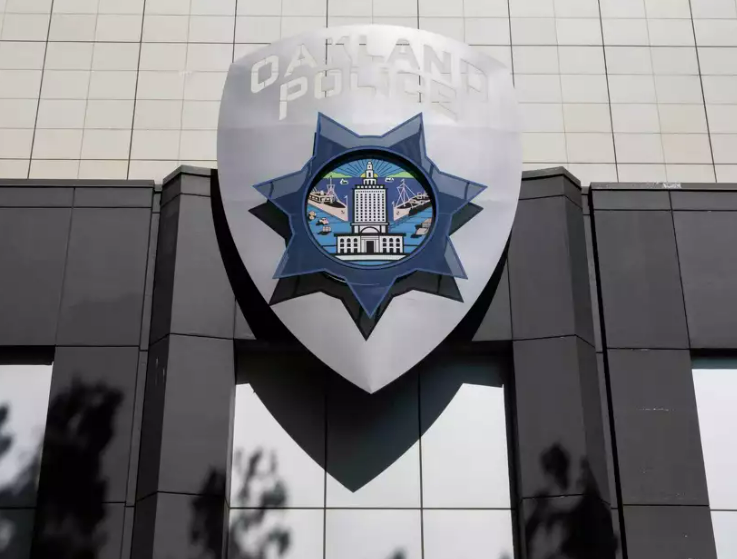Debunking Myths of Improved Public Safety with Law Enforcement
Study from Center on Juvenile and Criminal Justice examines crime clearance rates in CA

In response to the largely conservative media-driven drumbeat about crime waves taking over America's cities, violent crime rates have dropped significantly since 2020, a year when the COVID pandemic brought about a significant increase in crime.
"At some point in 2022 — at the end of 2022 or through 2023 — there was just a tipping point where violence started to fall and it just continued to fall," said Jeff Asher, a crime analyst and co-founder of AH Datalytics.
A report published this weekend in the San Francisco Chronicle offers California's entry into the discussion. Despite the drumbeat, again, largely from conservative voices that the "Defund" movement (that never happened) was responsible for the increase in violent crime (that also didn't happen), those voices claimed that robust law enforcement was the key to improving public safety.
By the numbers:
- During the past three decades, the percentage of reported violent and property crimes solved by police through an arrest dropped a whopping 41%. During the same three decades, the amount California taxpayers spend to fund law enforcement has risen by a staggering 52%.
- Over the last 30 years, the number of reported crimes to police has plunged about 50%, yet crime clearance rates in San Francisco (6.7%) and Alameda (5.8%) Counties - home to some of the state’s loudest calls for more cops and more police funding - are some of the worst performing jurisdictions in California.
Clearly, the overperformance can't be blamed on being swamped, considering the documented decrease in reported crimes. Why are crime clearance rates so bad, especially considering police spending in 1990 was $427 per California resident, then that amount ballooned to $651 in 2022? This amounts to an historic $25.5 billion in spending by the entire state in police funding, and all California residents got for that increase was abysmal crime clearance rates.
Yet, again, despite the decreased crime rates, someone arrested by police in California for a violent crime or property crime is three times more likely to be imprisoned than they were in 1990. The rate jumped 207% over three decades. Additionally, in 2022, the imprisonment rates for property offenses in California were 26% higher than they were in 2014 when Proposition 47 was passed, which raised the felony threshold for theft from $400 to $950.
Despite California’s supposedly liberal mindset, billions get spent on law enforcement while programs with proven track records aimed at addressing the root causes of crime, poverty, homelessness, inequitable education access, have shoestring budgets.
Don't buy the myth that California is soft on crime. It's not true.
Don't buy the myth, built on that myth, that increased law enforcement spending is needed to deal with increased crime. That's not true either.
San Francisco Chronicle --->> "Law-and-order folks need to see this sobering data about law enforcement in California"
Center on Juvenile and Criminal Justice study --->> "California Law Enforcement Agencies Are Spending More But Solving Fewer Crimes"










